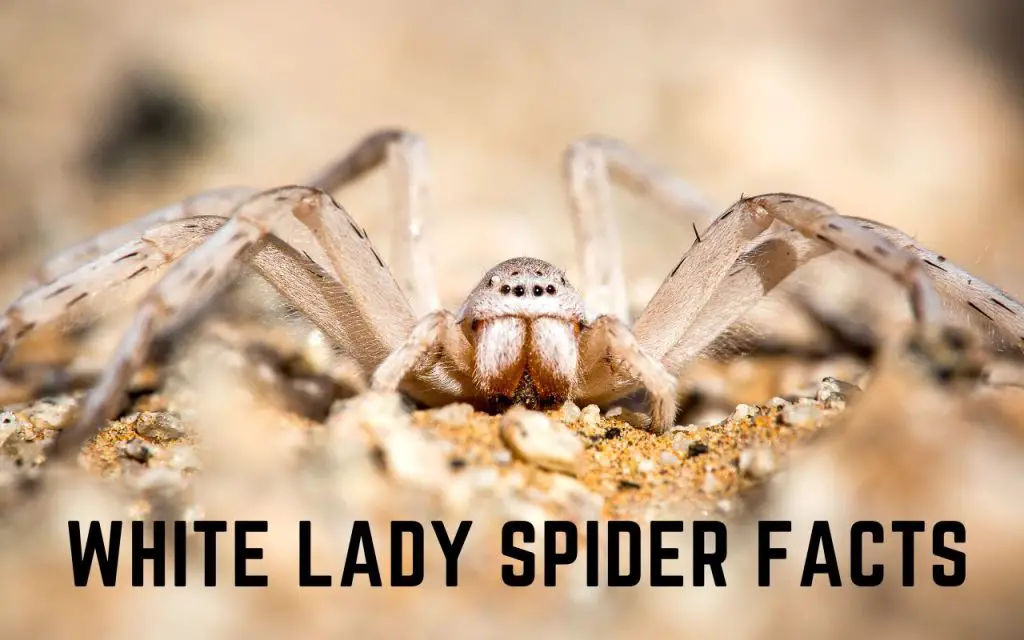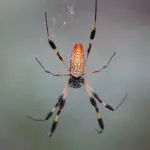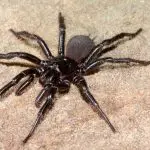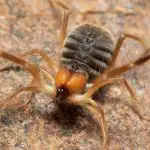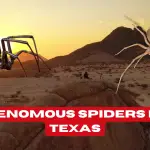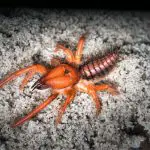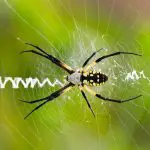Last updated on July 11th, 2023 at 08:17 am
Hi there, fellow spider enthusiasts and arachnid aficionados! As an amateur arachnologist, I’ve been captivated by the world of spiders since I was a kid. They’re intricate, peculiar, and, to me, utterly fascinating. Today, we’re going to delve into the sandy plains of the Namib Desert to explore one of the most intriguing arachnids in the world – the Dancing White Lady Spider (Leucorchestris arenicola).
From their unique dance-like moves to their survival strategies in the harsh desert environment, there is much to learn about this extraordinary species. First described in 1962 by an arachnologist named Reginald Frederick Lawrence, the White Lady Spider is still one of the most unusual and poorly understand spiders out there…
Adapting to the Desert: An Overview
The Dancing White Lady Spider is one of over 1000 known species of huntsman spiders. It’s found predominantly in the Namib Desert, a harsh environment marked by extreme temperatures, limited water sources, and relentless winds. For most creatures, survival here is an extraordinary feat. Yet, the Dancing White Lady Spider has adapted remarkably well.
One striking feature of these spiders is their color. The arachnids are almost entirely white, a feature that aids in their camouflage against the sandy dunes of the desert.
Furthermore, if they are ever exposed during the day this white coloration helps reflect heat back from the harsh desert sun.
But let’s dive deeper into some fascinating facts about these intriguing creatures.
Unique ‘Dance’ Move
As their name suggests, Dancing White Lady Spiders are known for their unique ‘dance’ move. They are known to perform dancing or tapping movements, particularly when a male wants to get the attention of a female.
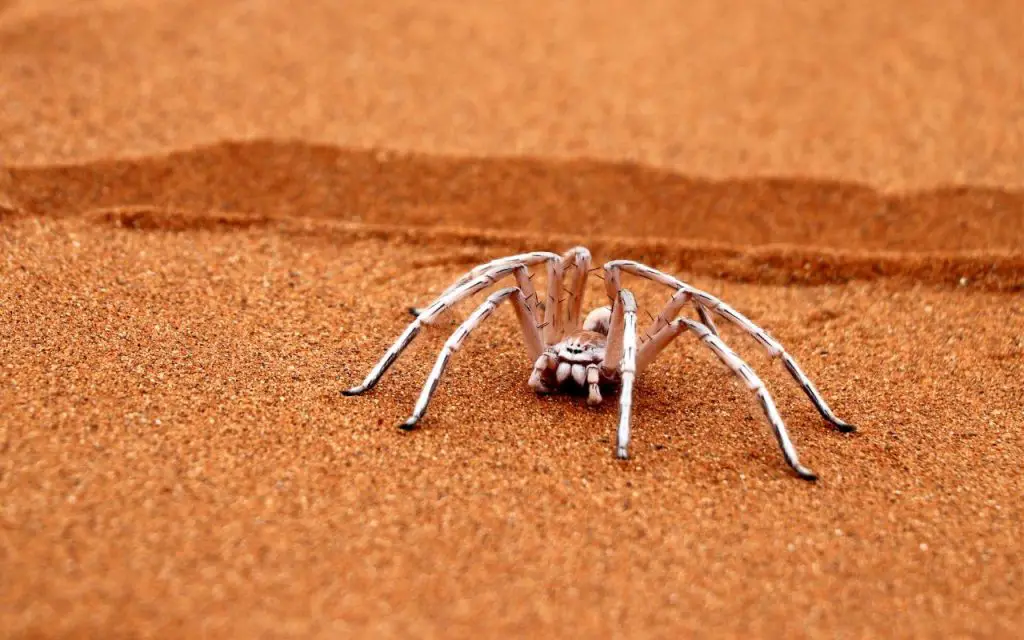
Exceptional Burrowers
Another striking feature of the Dancing White Lady Spider is its ability to burrow into the sand. Within just a few seconds, they can disappear completely beneath the sand, providing an excellent escape strategy or a place to wait for prey.
Rather than digging through tough dirt with stocky legs like some Wolf Spiders, the White Lady is adapted to mostly dig through sand. Instead of strength, it uses its speed to kick out sand before it can fall back into place.
Nocturnal Hunting
Unlike many spiders, the Dancing White Lady Spider is nocturnal. They hunt at night, avoiding the intense heat of the day. Using their long, sensitive legs, they can detect vibrations in the sand that indicate potential prey, including insects and other spiders.
Being members of the Huntsman family, Sparassidae, White Lady Spiders are perfectly adapted to chase down prey on foot, rather than hunt from a web.
Lifespan and Reproduction
Dancing White Lady Spiders have a short lifespan compared with Mygalomorphae spiders (tarantulas and kin), with females living just 6 months on average, and males only living one to two months. Why their lifespan is so short isn’t really understood, but it is probably due to predation. It’s completely possible that they may live longer in captive conditions.
When it comes to reproduction, this is where the famoust dance moves are really useful. Males locate the burrows of females and make vibrations by tapping at the entrances. This lets a female know that a male has come calling, rather than a prey item.
After they mate, the female lays an egg sac, and guards the it until it hatches. As in most spiders, she allows the babies to stay safe with her until they’ve molted and are big enough to fend for themselves.
Now that we’ve covered some exciting facts let’s go through a few more fascinating aspects of these desert-dwelling dancers in a concise list:
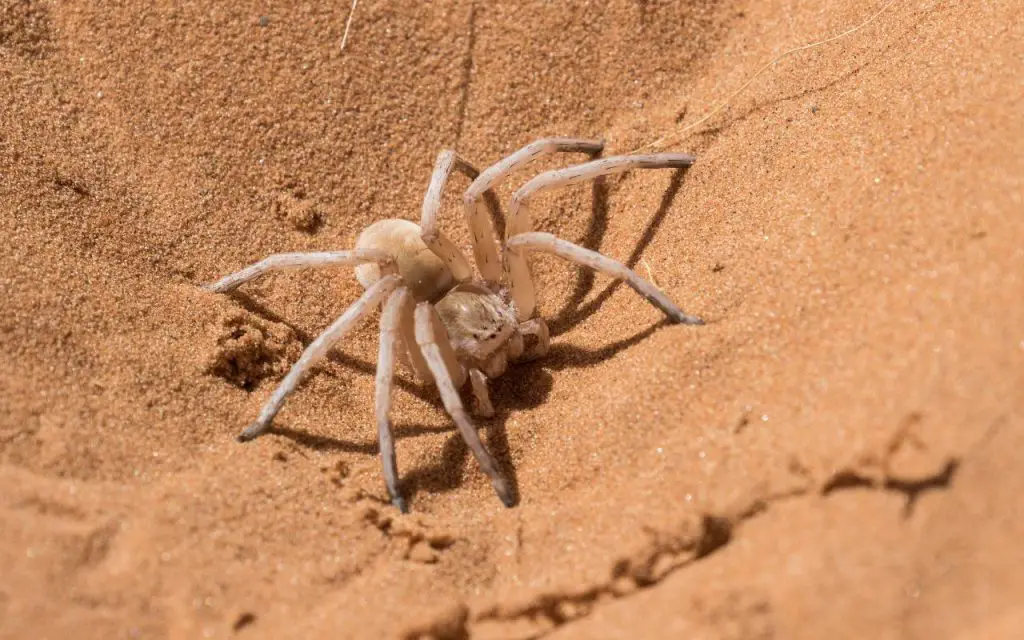
5 Intriguing Facts about the Dancing White Lady Spider
- Heat Resistance: They’re capable of withstanding extreme temperatures, an adaptation that’s essential for survival in the harsh desert environment.
- Incredible navigational skills: Male White Lady Spiders go on long nocturnal journeys to look for mates, but return to their burrow with incredible accuracy. One study found that they travelled as fare as 40 metres from their burrow, then were able to travel back to it in an almost completely straight line. Resource: Thomas Nørgaard “NOCTURNAL NAVIGATION IN LEUCORCHESTRIS ARENICOLA (ARANEAE, SPARASSIDAE),” The Journal of Arachnology 33(2), 533-540, (1 August 2005). https://doi.org/10.1636/04-113.1
- Venomous Bite: The spider has a venomous bite, but it’s not lethal to humans, resulting in mild discomfort and temporary swelling.
- Size: Females can reach up to 15mm in body length, while males are generally smaller.
- Cannibalistic Tendencies: If food is scarce, these spiders have been known to resort to cannibalism, especially among males.
How the White Lady Spider is different from other species
A comparison table below shows how the Dancing White Lady Spiderstacks up against a few other spider species.
| Spider Species | Average Size | Lifespan | Unique Traits |
|---|---|---|---|
| Dancing White Lady Spider | 15mm (Females) | 1-2 months for males, up to 6 months for females | “Dancing”, sand burrowing |
| Black Widow | 8-10mm (Females) | 1-3 years | Deadly venom, hourglass marking |
| Common Huntsman Spider | 15-20mm | 2 years | Fast runners, flat bodies |
| Tarantula | 65-90mm | Females: Up to 25 years | Large and hairy, mild venom |
The Dancing White Lady Spider is unique not just because of its striking ‘dance,’ but also its incredible adaptations to the harsh desert environment.
By burrowing, it evades predators and hides from the harsh desert sun. Its white color helps it blend into the sandy background, providing further protection. And, despite the venomous bite, it poses no significant threat to us humans.
It is no surprise that these resilient creatures have captured the attention of arachnologists worldwide, myself included. I hope that the facts I’ve shared will help you appreciate the beauty of the Dancing White Lady Spider and further fuel your fascination for the incredible world of spiders.
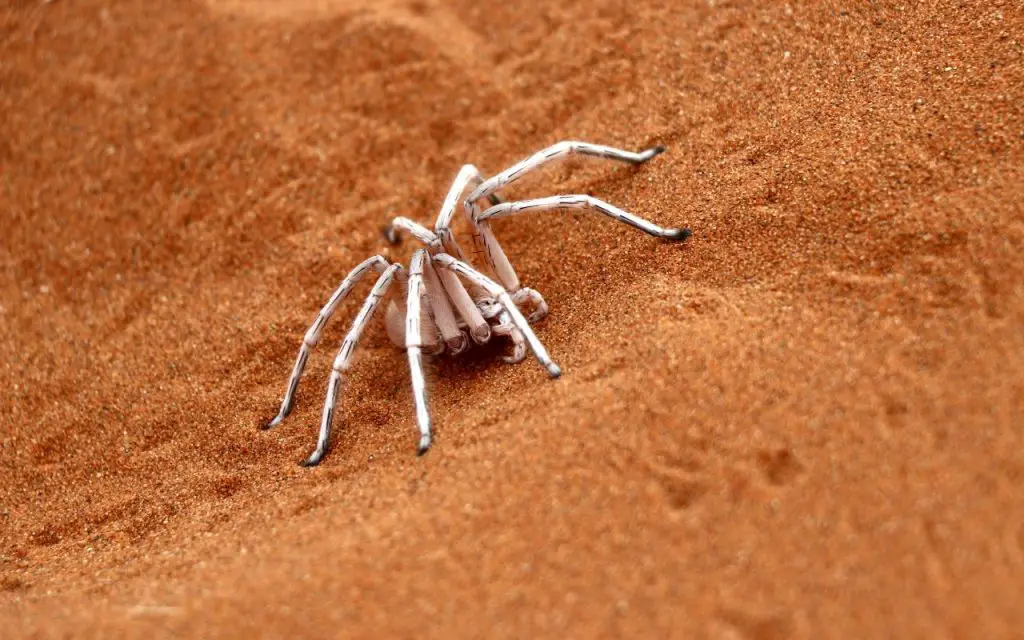
Final thoughts…
Through my hobby of studying spiders, I’ve come to admire the adaptability and resilience of these creatures. They thrive in diverse environments, display fascinating behaviors, and play essential roles in our ecosystems. The Dancing White Lady Spider is a prime example of this diversity and resilience, painting a picture of survival in one of the world’s harshest environments.
As we continue to explore and understand the world of spiders, it’s important to respect these creatures and their habitats. After all, every creature, no matter how big or small, plays a part in the intricate web of life. From the Dancing White Lady Spider to the tiniest of ants, each has a role, a purpose, and a story to tell.
Remember, these spiders are more than just their ‘dance.’ They’re survivors, perfectly adapted to their environment, thriving where few can. They’re a testament to nature’s resilience, a symbol of life’s ability to adapt, survive, and even thrive in the most unlikely places.

